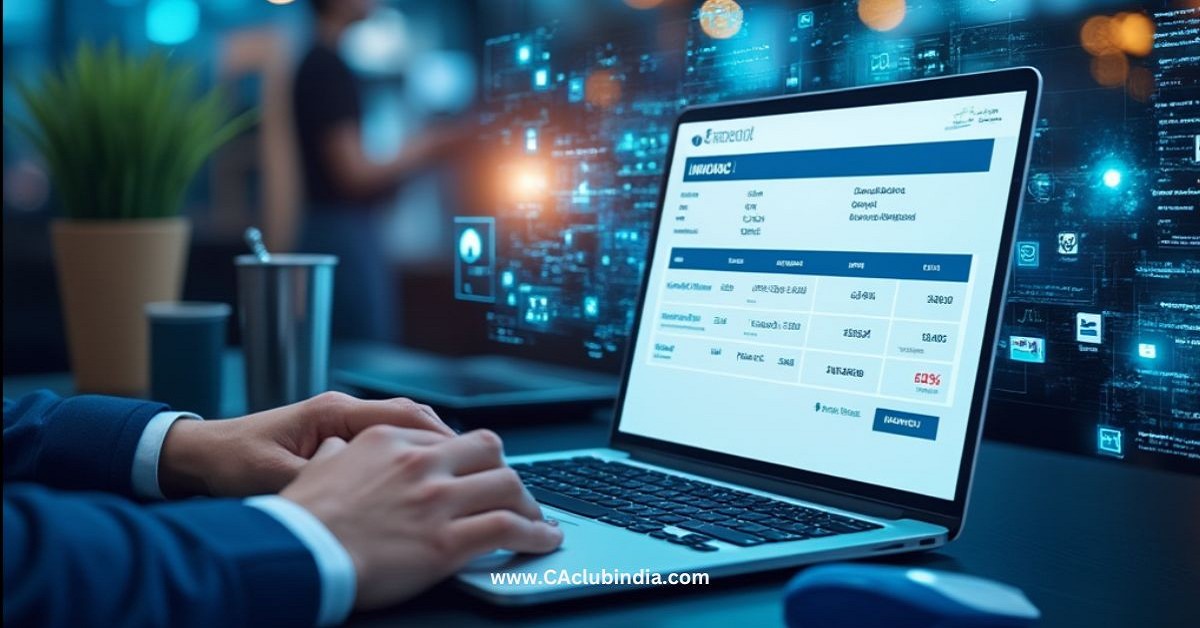The design architecture for implementing GST e-invoicing for retailers is nearly finalized and undergoing expert review, according to GST Network CEO Manish Kumar Sinha. Speaking at an Assocham event, Sinha highlighted the ongoing discussions with industry stakeholders to facilitate the issuance of electronic invoices for every business-to-consumer (B2C) transaction.

E-invoicing has already been established in the business-to-business (B2B) sector, and the GST Council recently decided to expand its reach to the B2C sector on a pilot basis. Sinha stated, "Initially, we will conduct a pilot project. The design of the architecture is mostly complete, and we are having it vetted by some of the best industry experts. Following this, we will release a detailed document outlining the implementation process."
While the specific threshold for businesses required to adopt e-invoicing is still under consideration, Sinha emphasized the need to provide adequate time for the industry to adjust, particularly small mom-and-pop stores. "What we want to get right is the technology," he added. Larger organized retailers, e-commerce operators, and big companies typically have robust IT setups, and the aim is to encourage them to start adopting e-invoicing practices sooner.
Under the current GST framework, e-invoicing for B2B transactions has been mandatory for companies with a turnover exceeding ₹500 crore since October 1, 2020, with the requirement gradually extending to businesses with turnovers over ₹5 crore.
This upcoming transition to B2C e-invoicing is expected to streamline processes, enhance compliance, and reduce tax evasion, ultimately benefiting the broader economy.







 CAclubindia
CAclubindia
